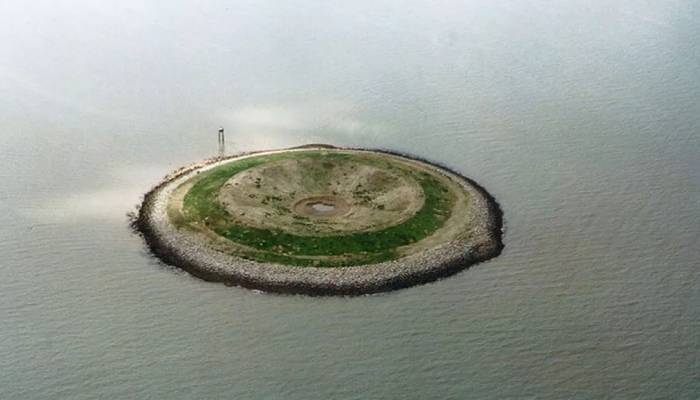
A man-made island near the coast of the UK is becoming popular again almost 50 years after it stopped being used.
The Inner and Outer Trail Bank islands, nicknamed "the doughnut" because of its round shape with a hole in the middle, were built in 1970s and cost about £3 million at the time.
This island was built as part of a major plan to collect fresh water from nearby rivers which flow into the Wash and store this water in a reservoir.
Natural England stated, "The scheme was originally intended to see if a barrage would be feasible. Instead, bunded reservoirs were created which is why the islands were doughnut-shaped as they were used as freshwater reservoirs."
Despite being ambitious idea, the project failed because the sea tides and salty marsh materials made the collected water too salty to use and the government eventually shut it down.
Now, the Inner Trial Bank has mostly merged into the surrounding saltmarsh, so it no longer looks much like an island.
However, the Outer Trail Bank is still visible and is about 830 feet wide.
Man-made island now a haven for birds and seals:
Beside this, a man-made island has now become a valuable part of nature and it is now protected area called the Wash National Nature Reserve.
The island is home to many seabirds, especially Lesser Black-Backed Gulls, with around 3,000 bird pairs living there.
Not only this, The Wash is one of the best places in England for spotting common seals and its muddy shores.
The reserve is around 118 miles from London and can be reached in under three hours by car or in about one hour and 48 minutes by train to King’s Lynn.












